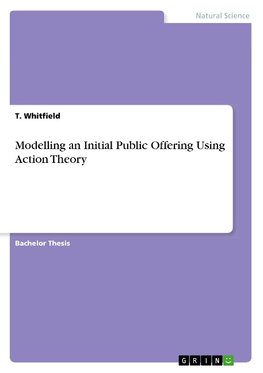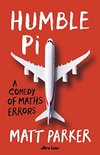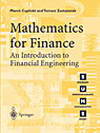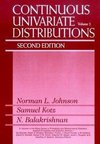
-
 Anglický jazyk
Anglický jazyk
Modelling an Initial Public Offering Using Action Theory
Autor: T. Whitfield
Bachelor Thesis from the year 2019 in the subject Mathematics - Statistics, grade: 79, , language: English, abstract: This paper examines the behaviour of bidders in an initial public offering auction (IPO) when a seller is offering a perfectly divisible... Viac o knihe
Na objednávku
25.92 €
bežná cena: 28.80 €
O knihe
Bachelor Thesis from the year 2019 in the subject Mathematics - Statistics, grade: 79, , language: English, abstract: This paper examines the behaviour of bidders in an initial public offering auction (IPO) when a seller is offering a perfectly divisible share to potential buyers. Due to the massive effect and news coverage IPOs have on the modern day economy, this paper aims to unearth some of the mystery behind such auctions.
It focuses mostly on the behaviour of bidders in a complete and incomplete information setting, where a bidder's incentives change given their information and competition. Using the theoretical framework of the paper, I then apply the findings to the real world and comment on the realism of the models. Lastly, I recommend possible extensions to the models in order to bring a new dimension to the analysis.
An initial public offering is a major stepping stone for any company as it evolves from a private to a publicly traded company. The process of going public is a complicated procedure, so they often solicit the help from an investment bank to help price the stock as well as find suitable investment. The purpose of an IPO is to help the selling company gather capital in order to expand operations.
They do this by offering equity to potential investors in the form of a share which can be traded publicly via the necessary stock market. There are currently sixteen stock exchanges around world with a market capitalization of over $1 trillion each, the biggest being the New York Stock Exchange which has a market capitalization of over $28.5 trillion which is larger than the US gross domestic product for 2018.
This paper hopes to shine some light on the process of taking a company public by unearthing a bidder's behaviour and incentives under a range of different situations. Applying auction theory to an initial public offering is relatively unexplored in economic journals, so this paper aims to extend work already presented in the literature and give insightful explanations to problems which have presented themselves to sellers and buyers.
These problems include but are not limited to the peculiar situation in which it is common that the stock price at the end of the first day of trading for a newly publicised company is higher than its offering price. However, according to UBS, around 60% of IPOs provide investors with negative returns in their first five years, suggesting an extraordinary hype in first day trading compared to a more rational long term view.
- Vydavateľstvo: GRIN Verlag
- Rok vydania: 2019
- Formát: Paperback
- Rozmer: 210 x 148 mm
- Jazyk: Anglický jazyk
- ISBN: 9783346031532












